The simplified zebra crossings have been located at three side roads across Llandaff North and Whitchurch, helping drivers and pedestrian travel safely.
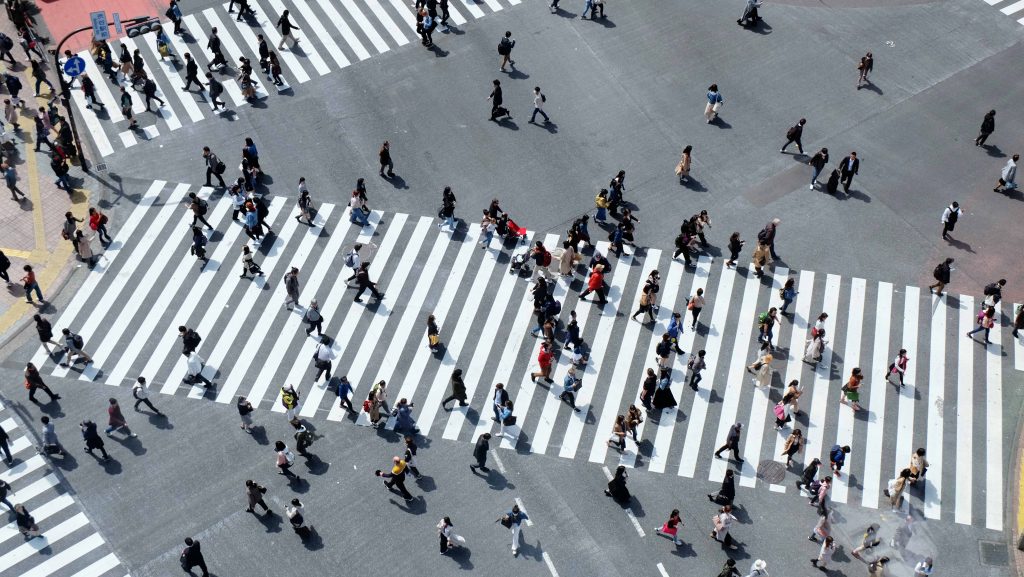
Cardiff Council are trialing simple zebra crossings at three locations in Llandaff to encourage more people to walk.
The new zebra crossings in trial use the black and white markings and give way lines, without the zigzag markings and a Belisha beacon at each end of the crossing.
“The simple zebra crossings remind motorists that pedestrians have priority over cars,” said Dan Allsobrook, who supports the trial. “And the crossings also let all residents – pedestrians, cyclists, people in wheelchairs, children, know that it is a safe place to cross.”
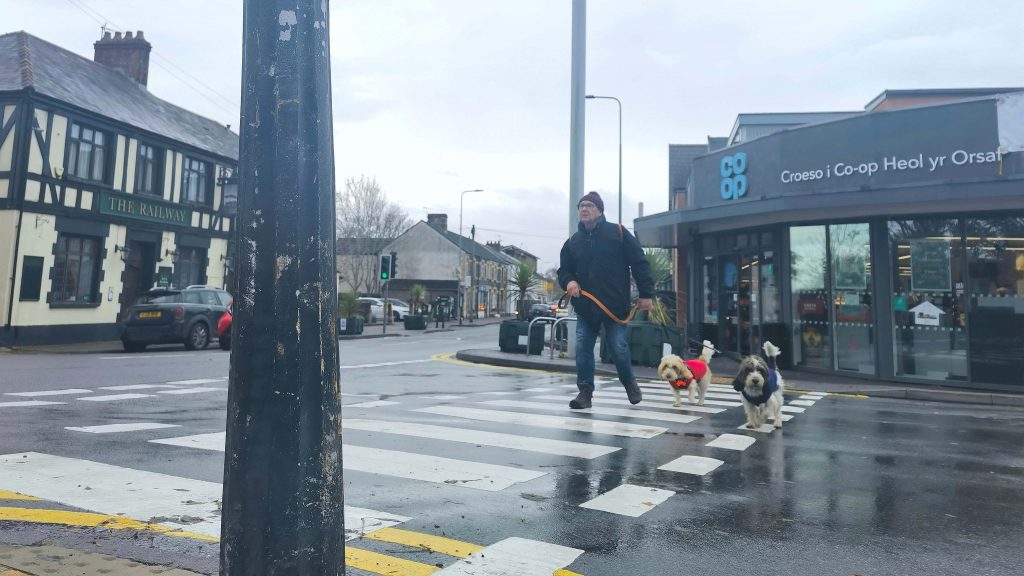
The simplified design means being installed quickly, with minimal disruption across the junction where people need to cross, but making a great impact on the public transport in community.
“Drivers’ behavior around Station Road and Evansfield Road is very poor. Bad parking, speeding and dangerous manoeuvres make it very difficult for people to cross the road safely,” said Dan.
Many drivers can see the benefits of this scheme. “I’m very glad to see it, ” said Samantha Gulline, who works in the trial area. “When I drive around, everyone is crossing the road here and if you aren’t alert people just walk in front of the car. But its position is a little bit weird. I think it should be done on the straight road, because this junction has too many angles.”
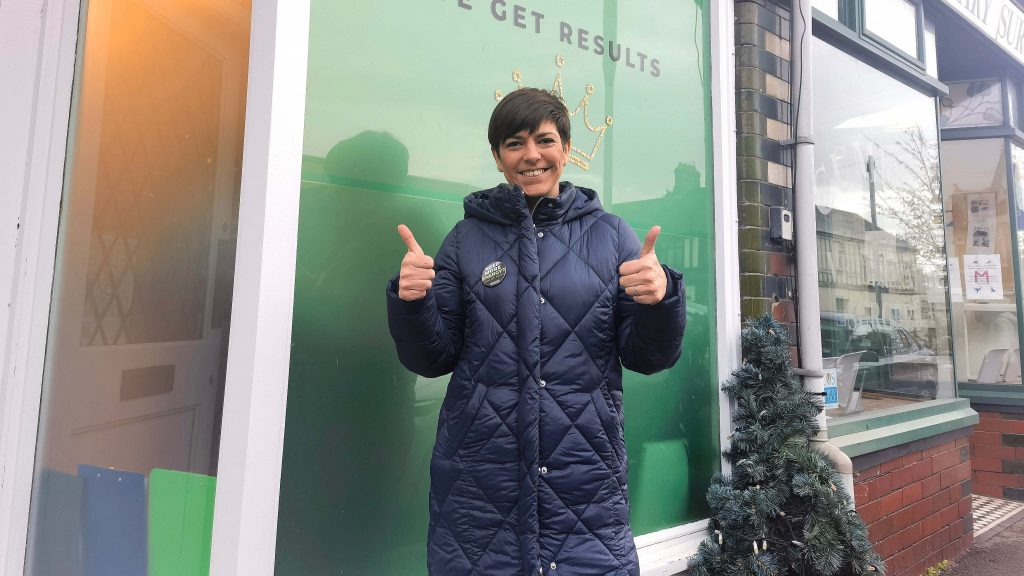
Another zebra crossing trial on Hawthorn Road East is close to a local school. Cars often park at the junction, which makes it difficult to cross safely.
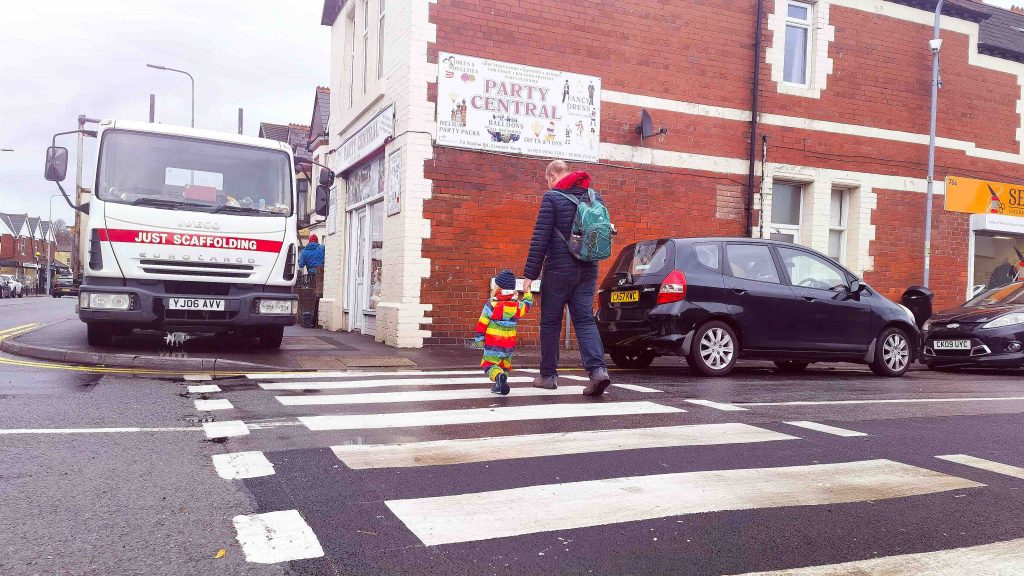
According to an official statement from Cardiff Council, the three locations have been chosen because they have high pedestrian footfall and already have existing infrastructure in place in terms of dropped kerbs, tactile paving, parking restrictions and 20mph speed limits. The installation of the simplified zebras will only require changes to road markings.

The third location is Bishops Road and Merthyr Road. The particular junction has had several collisions between motorists and pedestrians over recent years.
Dan explained that it’s dangerous for people to park on double yellow lines and on the pavement on the Bishop’s road, since there are two supermarkets which have large delivery lorries coming and going frequently.
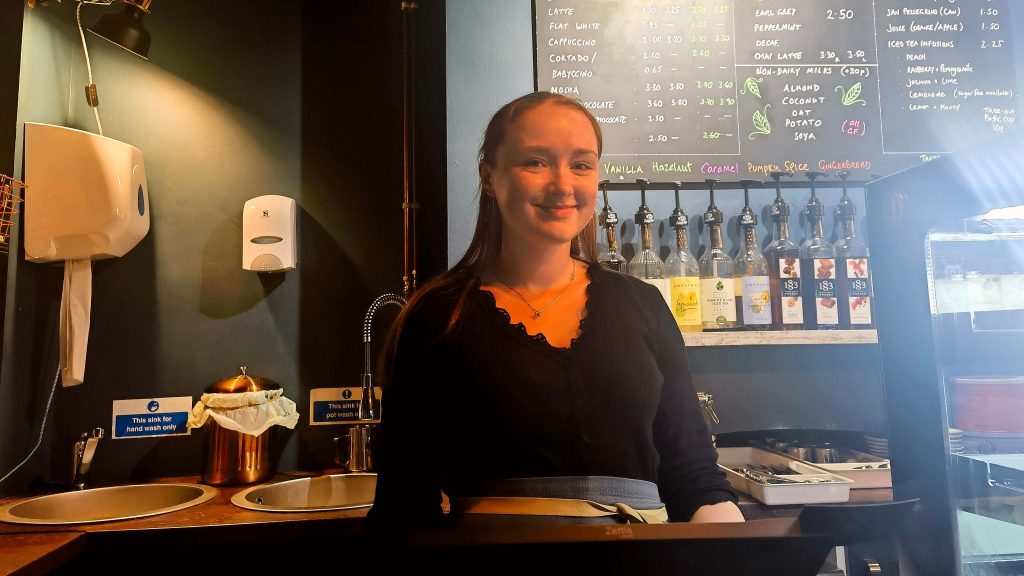
“It’s easier for us to cross the road, because it’s a very busy street and the traffic does pile up,” said Charlie Tring, who works in a nearby café and goes across the junction every day.
“But I don’t think it’s safer to put in that position, because cars are coming around corner when I’ve tried to cross there. They don’t often see me even and I think it’s quite dangerous. When it’s quite dark, people don’t see it,” said Charlie.
Funded by the Welsh Government, sensors have been installed to collect anonymized data on pedestrian and vehicle interactions both before and after the simple crossings are installed. The results of the trial will help to decide whether regulations should be applied in other locations.
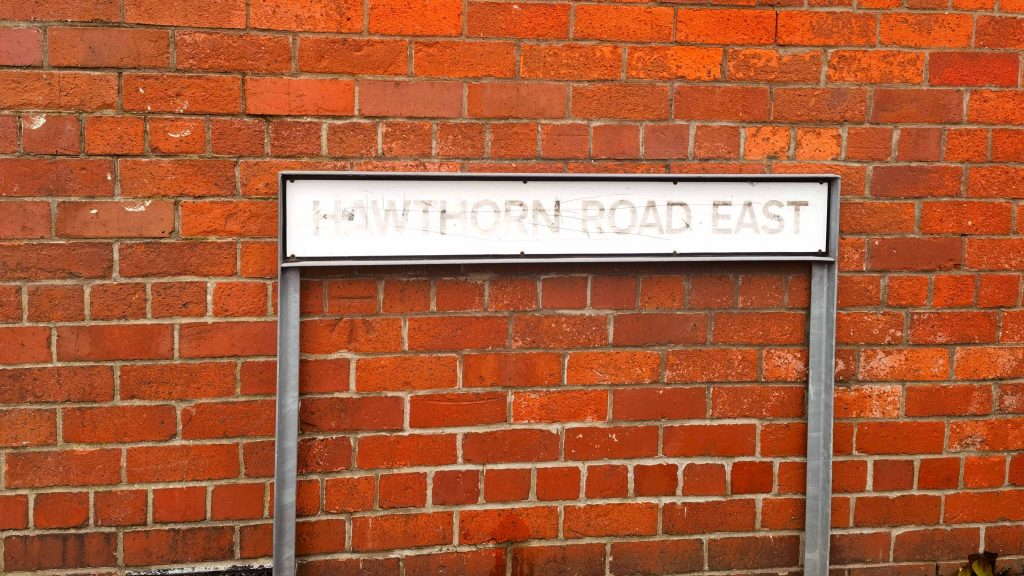
“Hopefully it help drivers realize the potential danger driveing in areas where lots of people walk around, and modifies their behavior in a positive way,” said Dan “Similar schemes are common in other countries and once they become more widespread, drivers will learn to show more respect to pedestrians and pedestrians will feel safer when crossing the road.”
